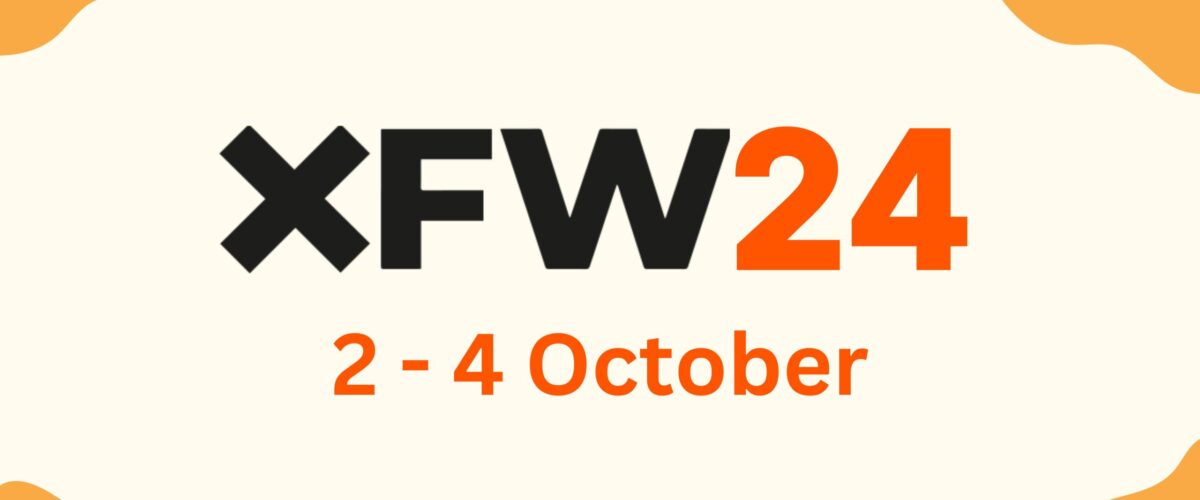Open banking has garnered significant attention over the past year. In this article, we examine a few of the defining trends in the industry—connectivity, regulation, changing customer expectations and banking landscapes, and fintech collaborations—therefore providing an up-close view of what all the buzz is about.
Technology
Connectivity with APIs
At the core of open banking lies connectivity between banks and third parties using application programming interfaces (APIs).
APIs dictate communications and interactions between applications, and public or “open” APIs are fixtures of open banking. These APIs give third party developers the ability to make both services and tools for a bank’s customers, meaning that they have access to an institution’s data. From the perspective of banking organisations, open APIs offer them the opportunity to collect data from multiple sources in several areas critical to their business.
Banks using APIs are becoming more common, despite initial weariness on the subject, because they are more cost effective and faster than legacy systems.
APIs with advanced technologies
The data gathered from various sources through APIs, related to buying habits, social interactions and risk tolerance will enable the parties involved to deliver more proactive multi-channel marketing. This way, consumers receive tailored sales pitches, aligned with their behaviour.
Applying machine learning, deep learning and natural language processing to the data enables consumers’ desires to be known, to be looked out for and to be rewarded, which in turn improves customer experience. In addition to this, financial institutions can perform fast and accurate risk management and advanced anti-fraud techniques can be developed and applied.
Regulation
PSD2 (EU)
One of the main drivers of open banking and open APIs in Europe is conducive regulations, particularly the European Payments Service Directive II (PSD2) for EU member states and Open Banking for the UK.
PSD2’s compliance deadline is looming, at January 13, and as Ferhan Patel, chief product office and co-founder of Payment Rails, remarks “2018 is going to be a game changer in Europe” with its implementation regarding the directive’s impact on how banks will conduct business into the future.
To be PSD2 compliant, banks must open access to customer data using APIs, giving clients the opportunity to use third party players to manage their funds. Thus, the potential impact of Patel’s words become clear because banks’ traditional revenue models and ways of doing business are challenged, especially since this legislation also means increased competition from other (potential) payments service providers, such as fintechs.
With pushes to share data there come privacy concerns, and some of these concerns are addressed in the EU’s General Data Protection Regulation (GDPR). This regulatory framework requires that organisations inform their customers of exactly how their data will be used and by whom in clear language along with gaining their explicit consent for using their data. Moreover, customers also have the right to take away their consent at any time they choose and even have their data erased. This does not, however, cover the gamut of data privacy concerns, thus banks will need to also go beyond the security measures in PSD2.
PSD2’s regulatory technical standards (RTS)
The regulatory technical standards, which introduce security requirements, must be observed by payment providers when they process payments or provide payment-related services. The EC has decided to make the RTS applicable 18 months after the date of entry into force of PSD2. The requirements make clear that no data processing can be performed without preliminary consumer consent. For instance, screen-scraping, a method to gather consumer data through the customer interface, is prohibited by the RTS.
Open Banking (UK)
Last year, the Competition and Markets Authority (CMA) instructed the nine largest current account providers in the UK to implement Open Banking. Like PSD2, Open Banking aims at enabling the sharing of financial data with third-party players through the APIs. The requirement set up by the CMA coincides with PSD2 and will need to be delivered in such a way that it is compliant with PSD2. Open Banking mainly differs from PSD2 in its scope, as only nine financial institutions are mandated, and only accounts for personal current accounts and business current accounts.
US
In the US market, banks are not bound by any legislation concerning data sharing across different services. Despite this, large banks are already striking data-sharing deals with individual partners.
Changing customer expectations and changing the banking landscape
Demand for innovation
Technology-aided consumer demand pushes actors in many sectors to implement change, and banking is no different. In terms of open banking, research from Bain & Co., for example, found that 60% of American consumers would be willing to try a financial service if it were offered by a tech outfit they use. Hence, open banking puts pressure on banks to broaden their offerings and work with tech companies that can help them deliver solutions that fit their customers’ needs. Marten Nelson, marketing vice president and co-founder of Token Inc., remarks that “consumers are putting pressure on banks to provide banking services with a more customer-centric approach,” along with noting that “pressure will also continue to come from tech giants,” as Facebook and Amazon have entered the realm of financial services.
Product and service integration
As banks figure out how they can keep pace with both big tech companies and agile, innovative firms to meet customer needs and demand, they are essentially struggling to becoming an embedded part of people’s lives. Accenture calls this type of integration “banking as a living service”, where customers are not forced to seek out a separate channel for their banking needs, but have banking “integrated into all their daily interactions”. Eventually, all a consumer’s financial data can be gathered and offered in across a great number of touchpoints, allowing consumers to act based on a complete view of their financial state. This way, consumers get offered tailored products and services, independent of the institutions initially offering them.
Competitive landscape
However, despite banks beginning to re-think customer offerings, fintech still, in many cases, can provide cheaper, more innovative, easier-to-access offerings. The effect of this is that fintechs are siphoning customers from traditional banks and, at the same time, gaining unbanked customers, all owing to the fact of fintech ecosystems being more conducive to innovative initiatives. On the other hand, banks have the advantage of owning recognised and trusted brand names, which consumers (currently) often feel more safe to use as opposed to fintechs. Tech giants enjoy the best of both worlds as they are continuously focused on innovation and possess a globally trusted brand name.
Fintechs as allies
Complementarity
Due to the native advantages of fintechs, collaboration between banks and fintechs are becoming more common. Traditional banks are hampered by legacy systems, regulatory burdens, as well as limitations involving culture and infrastructure. Fintechs, on the other hand, can provide their innovation expertise, yet usually lack knowledge on regulation, with the exception being regtech outfits, have a paucity in capital, and do not command the customer confidence attached to banks.
Collaboration
The above factors are pushing the two entities together, and a total of 77% of banking executives say fintechs offer partnership opportunities while almost 60% say that fintechs are raising the bar on innovation. In collaborations, banks and fintechs can take an open approach, testing ideas, for instance with banks operating accelerator programmes to develop fintechs and/or investing in accelerators and innovation labs. This practice of launching accelerators is already being done by industry-leading banks, such as Deutsche Bank and BNP Paribas.
What the future holds
Open banking is being codified in regulations, particularly PSD2, and these requirements are part of a technological trend to expand the way services are offered to customers. Linking PSD2 with fintechs and bigtechs like Google, Apple, Facebook and Amazon being able to provide innovative services, the future for banks could become a little more uncertain. Could some banks begin disappearing, despite alliances with fintechs? David Duffy, chief executive at Clydesdale and Yorkshire Banking Group recently, succinctly gave the following comment to the BBC which captures much of the mood of this sentiment: “It’s not about one bank versus another or a small bank versus a big bank. It is how you survive in a world where other people do banking better than the banks do.” Here, the big question deals with whether we could be seeing large techs like Amazon take over banking”. The one thing that is certain is that banks are forced to adapt their legacy business models in order to survive in a world currently driven by increasing customer demand met with rapid technological innovation.
By Elliot Lyons and Michael Brooijmans, Research Analysts at Holland FinTech


